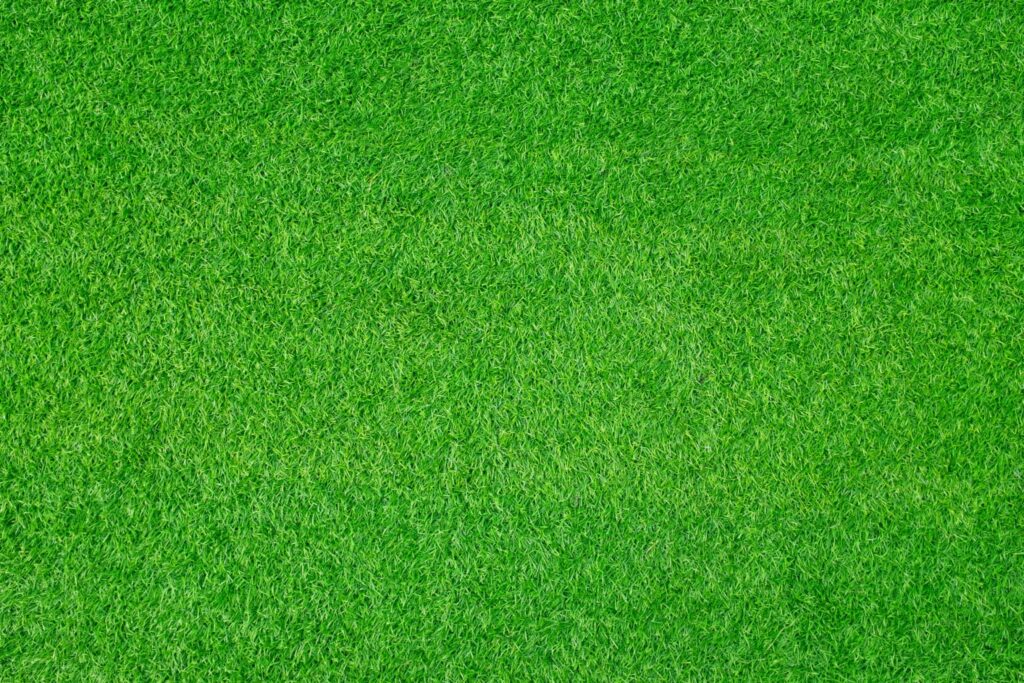Growing a new field of turf is a waiting game. You sow, you fertilize, you let nature take its course. Eventually the new grass plants are big enough and strong enough to do some useful work, to take the pounding of football boots or the teeth of a herd of cattle.
The challenge for seed scientists is to make the process faster and more reliable. Bringing a newly sown field of grass to an economically useful stage gives groundsmen and famers a faster return on their investment.
One option is to develop seed varieties that establish faster. Despite years of plant-breeding success, the environment still has a more powerful effect on speed of establishment than genetic variation. Factors such as soil moisture or the availability of nutrients are a stronger influence on the speed with which grass seedlings take off.
Nitrogen-coated seeds get away sooner
A better solution is to alter the environment in favour of germinating grass seeds. We can’t change the fields in which our customers sow their seeds but we can use technology to give our seeds a head start. Coating seeds in nitrogen fertilizer give the newly germinated grass plants all the nutrition they need to develop early strong roots. It’s like sending each seed out into the world with its own packed lunch.
In trials, our own ProNitro¨ seed coating (launched in 2016) produced up to 30% more root growth and up to 30% more viable plants than an uncoated reference. Trial fields established faster and better, and were ready for playing sports or grazing cattle sooner. We estimate that this translates to an extra 30 to 50 playing hours or a 15% to 20% increase in forage yield in the vital first year of growth.
Seed coating is a cost-effective, precision approach
There’s very little waste when you coat a seed in nitrogen. The fertilizer feeds the seed not the weeds that surround it. It’s a time-saver too. You sow the seed and the fertilizer in one operation instead of two.
Since the grass plants grow faster, they take up nutrients more quickly. A field sown with nitrogen-coated seeds produces less nutrient run-off and environmental impact than one that’s subject to a traditional scattergun application of fertilizer.
Whichever way you look at it, seed coatings save turf growers time and money. Even if your sole interest in grass is how soon you can get on it to swing a golf club or wield a cricket bat, nitrogen coating brings that glorious day closer.








